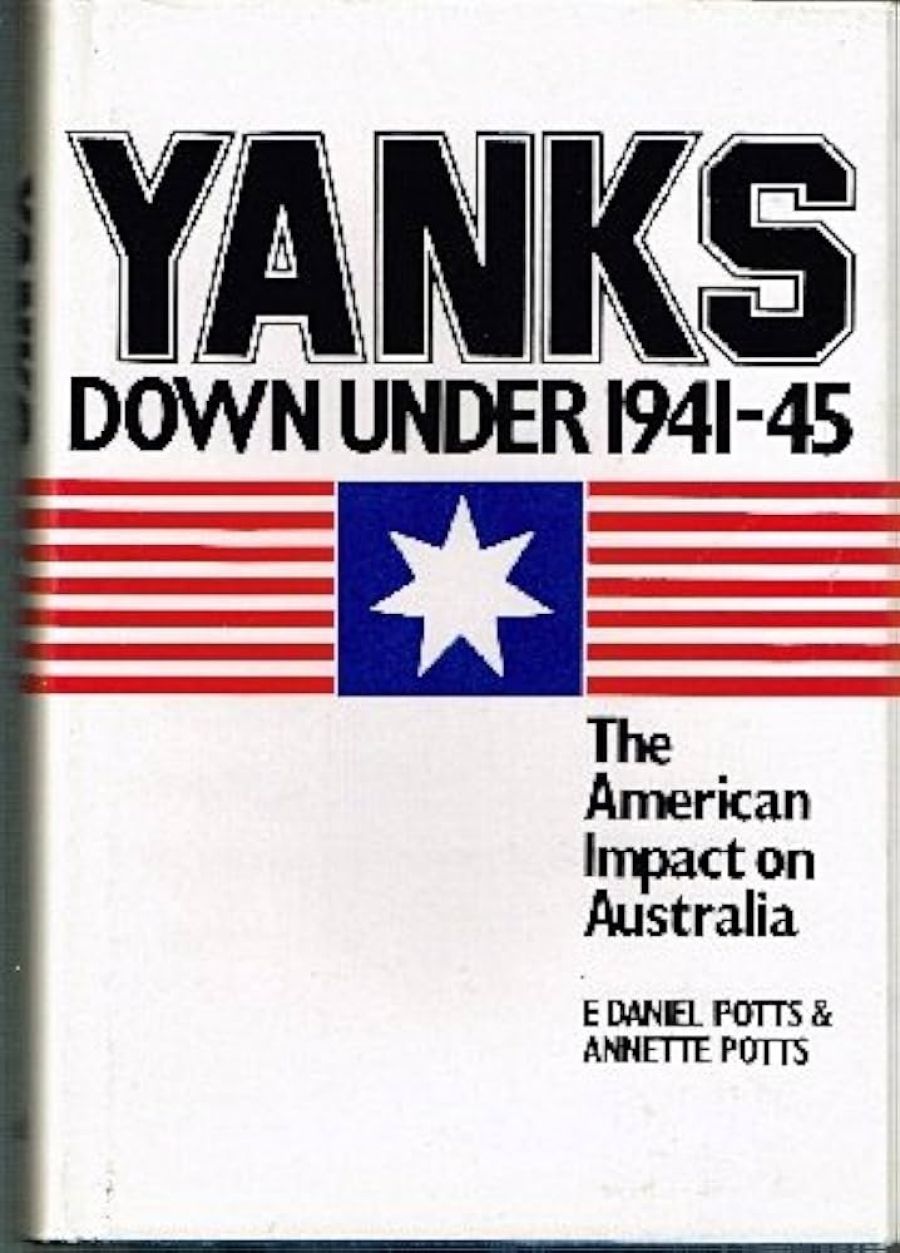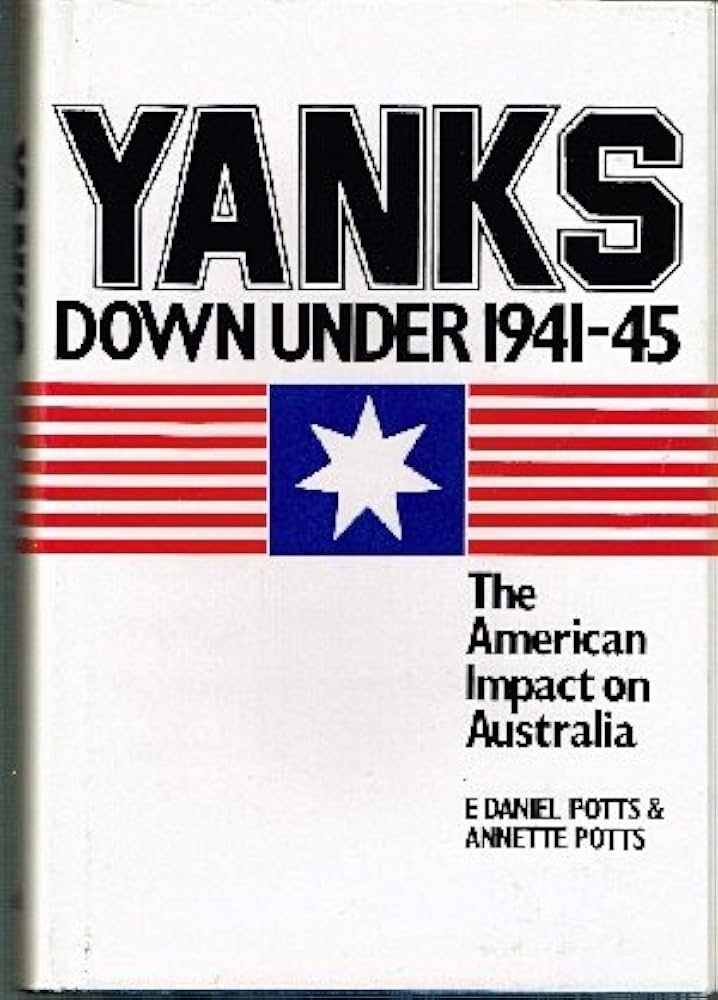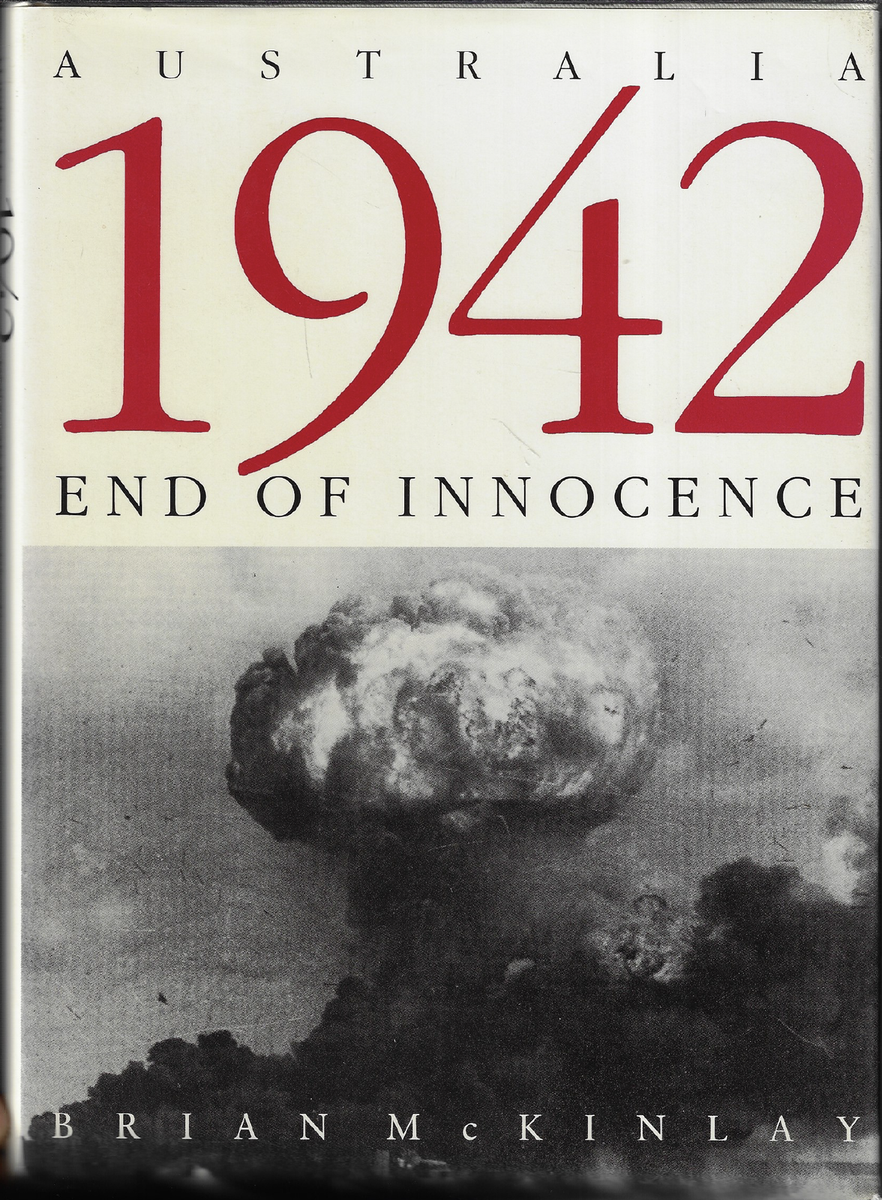
- Free Article: No
- Contents Category: War
- Review Article: Yes
- Article Title: The war at home
- Online Only: No
- Custom Highlight Text:
Yanks Down Under purports to examine the “American impact on Australia” during the second world war. After some 400 pages of text I was no wiser as to the nature of this impact. I could not decide whether the authors thought that the wartime American presence here had a permanent effect or whether it was significant but strictly temporary. In their final sentence the authors claim that the American presence led to the “development, years before the creation of any formal diplomatic and military agreements, of a lasting alliance”, but it is difficult to discover any basis for this assertion in the evidence that the authors provide. The bulk of the book is devoted to a mountain of almost entirely trivial detail which is not without interest, nostalgic or otherwise, but which falls far short of sustaining the argument that the authors apparently seek to advance.
- Book 1 Title: Yanks Down Under 1941-45
- Book 1 Biblio: OUP, 456pp., illus., biblio., index, $37.50
- Book 1 Cover Small (400 x 600):

- Book 1 Cover (800 x 1200):

- Book 2 Title: Australia 1942: End of Innocence
- Book 2 Biblio: Collins, 208pp., illus., index, $24.95
- Book 2 Cover Small (400 x 600):

- Book 2 Cover (800 x 1200):

I say “apparently” because the purpose of the book is not at all clear. The impression I gained is that the authors became so caught up in the chase to uncover more and more personal accounts of former US servicemen and those Australians who encountered them in some fashion or other – as fellow soldiers, girlfriends, family hosts – that they lost sight of whatever it was that they had originally set out to do. I could discern no consistent aim or focus beyond the purely descriptive.
Furthermore, much of the detail is tiresomely repetitive, as if three recollections establish a point more solidly than one. That some GIs amazed the locals by asking for three scoops of ice cream in their milkshakes hardly seems to warrant more than one mention.
Amid the welter of inconsequential detail, the authors rarely pause to comment. When they do, we are treated to insights such as: “Truly the life of a general was not always meant to be an easy one, especially should he not be winning, and winning quickly.” The illustrations vary from the mildly interesting to the banal, as though the authors included family snapshots out of gratitude or obligation to their informants. The only map is one of Australia and the south-west Pacific issued by Washington in 1942, and its sole distinctive feature passes without comment (perhaps without notice?) by the authors: Canberra is marked as the national capital by a star, but so too (alone of all the state capitals) is Hobart. Presumably Washington was aware of Tasmania’s status, or did the Americans think that it was akin to that of Newfoundland?
The authors have clearly spent a great deal of time and effort uncovering information about wartime conditions and behaviour. This side of their story is very interesting, if too long and often poorly written. The book would have been much more valuable if it had been shorter on detail and longer on analysis and explanation. It is an entertaining but far from convincing attempt to establish that our links with and perceptions of America were permanently changed by the US presence here from 1942 to 1944. I suspect that the products of Hollywood were a far more potent force in that regard. The only permanent change I can discover from this book is that the regulations governing the production and sale of milk were significantly tightened as a result of pressure from American mess halls.
Brian McKinlay’s book begins with a title that is not far short of silly, but steadily improves. The text is ordinary, and tells us little about the higher direction of the war that other authors have not said with greater insight – David Horner at length and John Robertson more concisely. Its redeeming quality is the marvellous sense of period that McKinlay conveys. The profuse illustrations focus for the most part on the daily aspects of life for Australians during 1942 as the gravity of the military situation changed habits of working, eating and sleeping. Perhaps this added up to a “loss of innocence”: who can tell? No matter, the detail in this book is fascinating and comprehensive. But it is not always accurate. ‘White Christmas’ may have been a hit song in 1942, but the film of that name starring Bing Crosby was not made until after the war, whereas ‘Wuthering Heights’ featured Laurence Olivier rather than the ‘Lawrence’ of page 145. I can well imagine that those who lived through 1942 would find this book utterly absorbing; so too, if in a different way, might those much younger


Comments powered by CComment